When you gaze at a stunning illustration of a Tyrannosaurus rex with its vibrant orange and black stripes, or marvel at a Triceratops painted in brilliant emerald green, you’re witnessing one of paleontology’s most fascinating challenges. These breathtaking prehistoric creatures come alive through the skilled hands of paleoartists, but here’s the mind-bending reality: most of the time, these artists are painting animals whose true colors vanished millions of years ago. The fossilization process rarely preserves soft tissues like skin, feathers, or scales that carry pigmentation, leaving artists to become scientific detectives, piecing together clues from the modern world to resurrect the past in living color.
The Detective Work Behind Ancient Hues
Paleoartists approach color selection like forensic scientists investigating a cold case. They begin by examining the fossil’s environment, studying the sedimentary layers where the creature was discovered to understand the climate, vegetation, and lighting conditions of its ancient world. A dinosaur found in what was once a dense forest might have sported earth tones for camouflage, while one from open plains could have displayed bold warning colors.
The process involves consulting with paleontologists, geologists, and even modern-day ecologists to build a comprehensive picture of the prehistoric ecosystem. Artists spend countless hours researching the flora and fauna that coexisted with their subjects, understanding that an animal’s appearance often reflects its ecological niche. This methodical approach transforms what might seem like wild guesswork into educated scientific speculation.
Modern Animals as Ancient Mirrors
The most powerful tool in a paleoartist’s arsenal is the incredible diversity of colors found in today’s animal kingdom. When painting a massive sauropod, artists might study modern elephants, rhinos, or even whales to understand how large herbivores typically appear in nature. The wrinkled skin of an elephant provides insights into how a dinosaur’s hide might have looked, while the subtle gray variations suggest realistic color palettes.
Birds serve as particularly valuable references since they’re direct descendants of dinosaurs, carrying genetic echoes of their prehistoric ancestors. The brilliant plumage of modern birds opens up possibilities for feathered dinosaurs that might have been just as spectacular. A peacock’s iridescent tail feathers could inspire the reconstruction of a Therizinosaurus, while a cardinal’s bright red might influence depictions of smaller raptors.
Environmental Clues Hidden in Stone
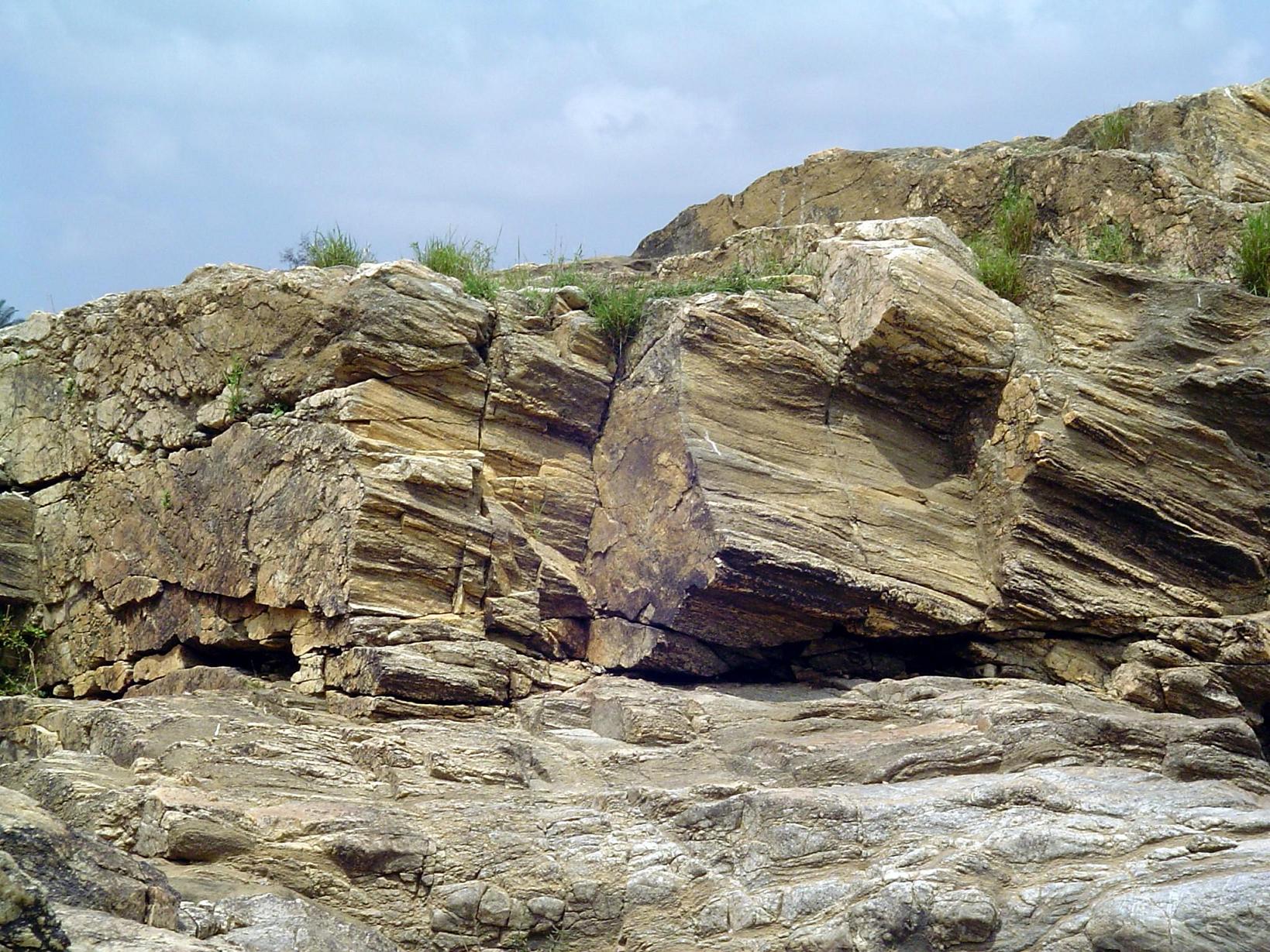
The rocks themselves whisper secrets about ancient colors through their geological context. Sedimentary layers tell stories of ancient climates, revealing whether a creature lived in scorching deserts, lush rainforests, or frigid tundras. Each environment favors different coloration patterns, and paleoartists use this information to guide their artistic choices.
Red sandstone formations might indicate arid conditions where animals needed heat-reflecting light colors or dust-camouflaging browns and tans. Green shale deposits suggest verdant environments where forest-dwelling creatures could have sported rich greens and browns for concealment among vegetation. These environmental reconstructions provide the foundation for color decisions that feel scientifically grounded rather than purely imaginative.
The Science of Survival Colors
Understanding how animals use color for survival becomes crucial when reconstructing extinct species. Predators often display colors that help them blend into their hunting grounds, while prey animals might have evolved warning colors, camouflage patterns, or even bright displays for mating purposes. Paleoartists study these survival strategies extensively, applying them to their prehistoric subjects.
A pack-hunting raptor might receive colors similar to modern wolves or wild dogs, with neutral tones that allow coordinated hunting. Meanwhile, a heavily armored ankylosaur could sport the bold patterns of a modern armadillo or turtle, advertising its defensive capabilities to potential threats. These functional color choices create artwork that feels both beautiful and biologically plausible.
Temperature and Habitat Indicators
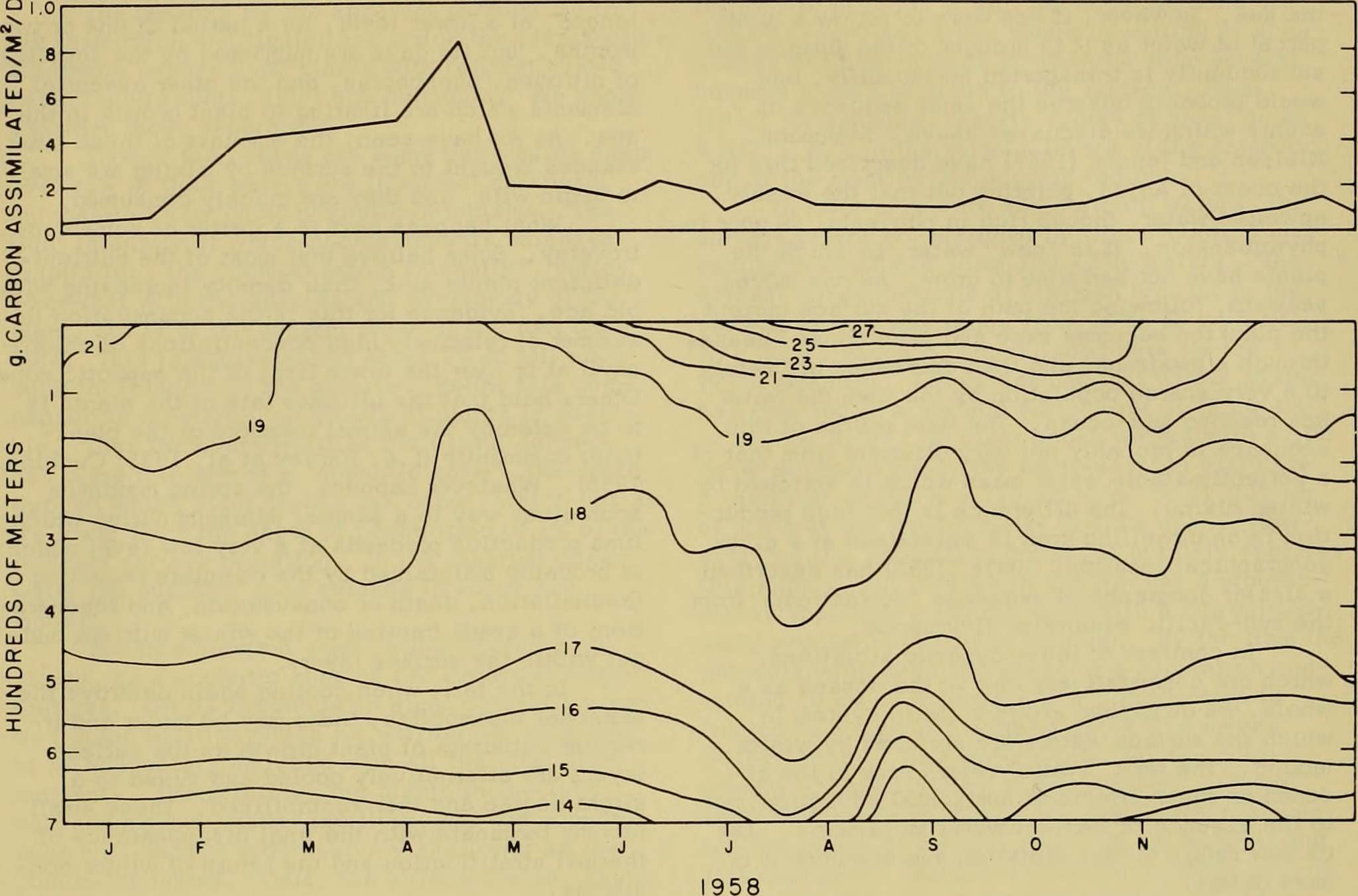
Body temperature regulation plays a massive role in animal coloration, and paleoartists must consider whether their subjects were warm-blooded or cold-blooded when selecting colors. Warm-blooded creatures often display more vibrant colors and complex patterns, while cold-blooded animals typically show more muted tones that help with temperature regulation.
Desert-dwelling species frequently evolve light colors to reflect heat, while arctic animals might develop darker hues to absorb precious warmth from limited sunlight. Ocean creatures often display counter-shading, with darker backs and lighter bellies, a pattern that paleoartists apply to marine reptiles like plesiosaurs and ichthyosaurs. These thermal considerations add another layer of scientific reasoning to color selection.
Social Behavior Through Color Language
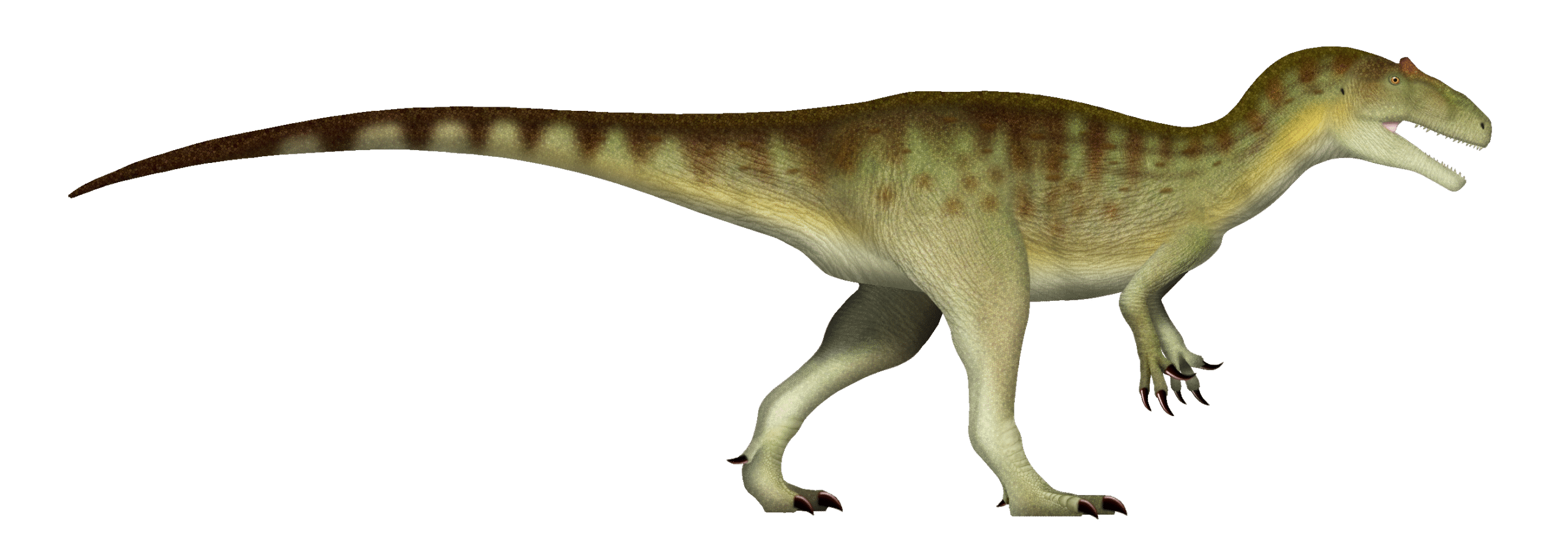
The social structure of extinct animals provides fascinating insights into their potential coloration. Highly social species often develop complex color patterns for communication, recognition, and hierarchy establishment. When reconstructing gregarious dinosaurs like Parasaurolophus, artists might incorporate distinctive markings that could have helped individuals identify their own species or communicate emotional states.
Solitary predators might receive more uniform coloration focused on camouflage, while herd animals could display varied patterns that served as individual identification markers. Modern examples like zebras, with their unique stripe patterns, or elephants, with their distinctive ear shapes and skin patterns, guide artists in creating prehistoric creatures that feel socially authentic.
Rare Fossil Color Preservation
Occasionally, paleontologists strike gold by discovering fossils with preserved color information, though these instances remain extraordinarily rare. Exceptional preservation conditions sometimes capture melanosomes, the cellular structures that contain pigments, allowing scientists to determine actual prehistoric colors. These discoveries revolutionize our understanding of specific species and provide validation for paleoartist techniques.
The discovery of reddish-brown coloration in Sinosauropteryx fossils sent shockwaves through the paleontology community, proving that scientific color reconstruction could be remarkably accurate. Similarly, the iridescent black feathers found in Microraptor fossils confirmed that some dinosaurs possessed the same stunning plumage effects seen in modern birds like ravens and grackles.
Geographic Distribution and Color Patterns
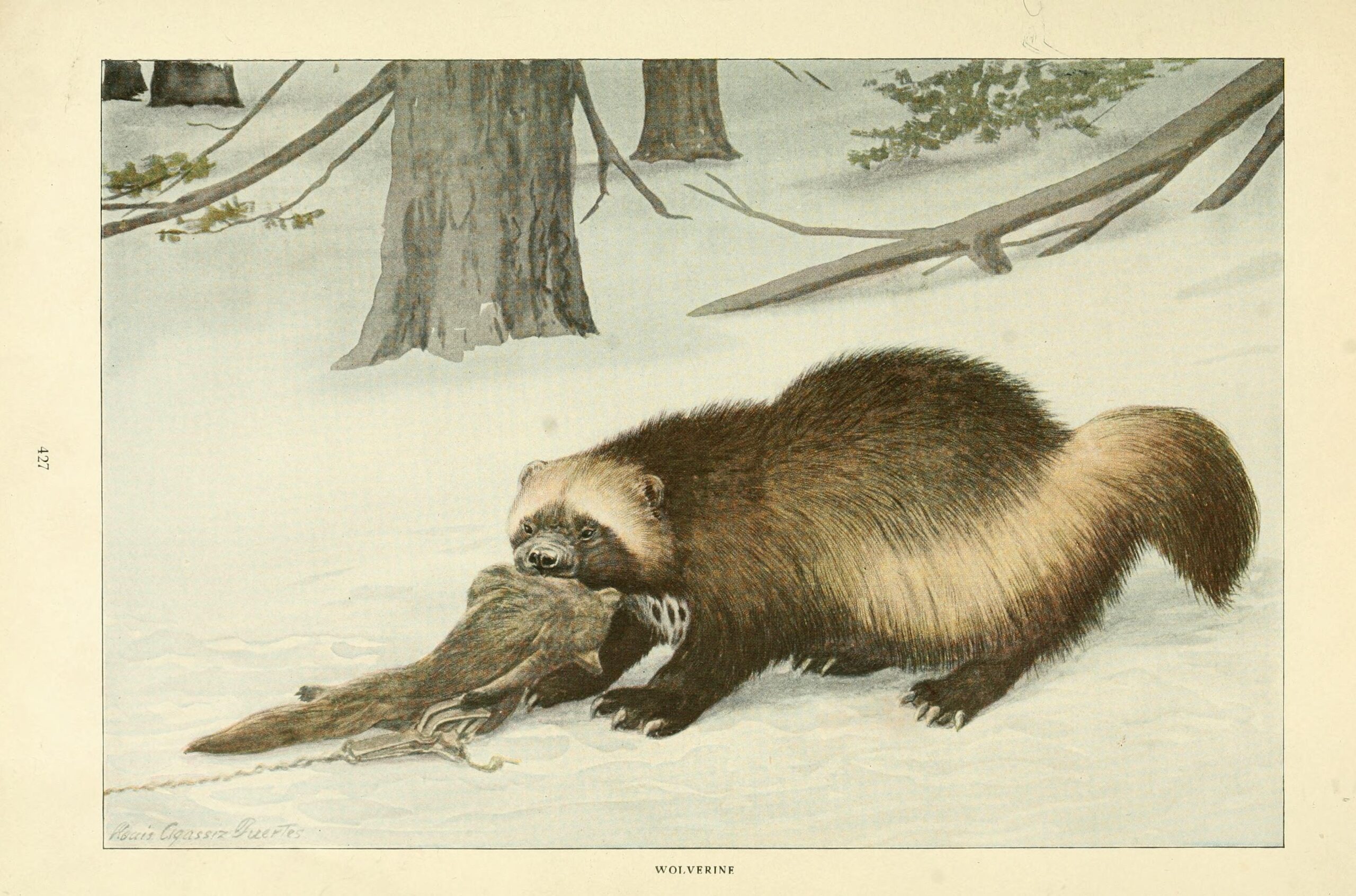
Regional variations in modern animal populations provide templates for prehistoric color diversity. Island populations often develop unique colorations due to isolation, while continental species might show gradual color changes across their geographic range. Paleoartists apply these biogeographic principles when reconstructing widespread prehistoric species.
A Triceratops population from northern regions might receive different coloration than their southern relatives, reflecting adaptations to varying climates and vegetation. These geographic considerations add authenticity to prehistoric reconstructions and acknowledge that ancient species likely showed the same natural variation we observe in modern wildlife.
Seasonal Color Changes and Life Stages
Many modern animals undergo dramatic color changes throughout their lives or across seasons, and paleoartists must consider these possibilities when reconstructing prehistoric species. Young animals often display different coloration than adults, serving as camouflage or providing other survival advantages during vulnerable growth periods.
Seasonal molting patterns in modern birds and mammals suggest that prehistoric creatures might have undergone similar transformations. A hadrosaur might have sported bright mating colors during breeding season, then shifted to more subdued tones during winter months. These life-stage considerations create opportunities for multiple valid color interpretations of the same species.
The Role of Sexual Selection

Sexual dimorphism drives some of nature’s most spectacular color displays, and paleoartists carefully consider how mating behaviors might have influenced prehistoric appearance. Male peacocks display incredible tail feathers to attract mates, while female peahens remain relatively subdued for nesting protection. These patterns likely existed in prehistoric species as well.
Ceratopsian dinosaurs with their elaborate frills and horns probably used these features for display purposes, potentially enhanced by bright coloration during mating season. Artists might depict male specimens with more vibrant colors and bold patterns, while females receive more practical camouflage schemes suited for protecting nests and young offspring.
Technological Tools and Color Analysis
Modern technology provides paleoartists with sophisticated tools for color analysis and reconstruction. Spectroscopy can analyze preserved pigment molecules, while computer modeling helps predict how specific colors would appear under different lighting conditions. These technological advances bridge the gap between artistic interpretation and scientific accuracy.
Digital painting software allows artists to experiment with countless color combinations, testing how different patterns might appear in various environments. Virtual reality environments let researchers experience prehistoric worlds, understanding how specific colors might have appeared to the creatures themselves. These tools transform color selection from pure guesswork into data-driven decision making.
Cultural and Artistic Influences
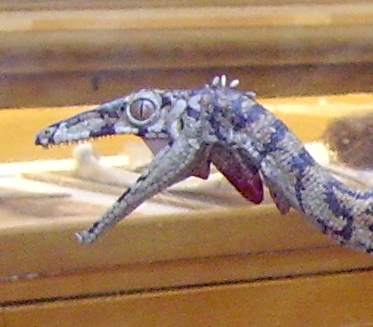
Despite their scientific foundation, paleoartists remain influenced by cultural perceptions and artistic traditions. Early dinosaur reconstructions often reflected the artistic styles and color preferences of their time periods, creating images that said as much about contemporary culture as prehistoric life. Modern artists work to balance scientific accuracy with visual appeal.
The “shrink-wrapping” problem, where artists create overly skinny reconstructions, has parallels in color selection, with some artists defaulting to familiar patterns rather than exploring more unusual possibilities. Contemporary paleoart increasingly embraces bold, unexpected color choices that challenge traditional perceptions while remaining scientifically plausible.
Collaborative Scientific Approach
Today’s most successful paleoartists work as part of interdisciplinary teams, collaborating with paleontologists, biologists, and other scientists to create the most accurate reconstructions possible. These partnerships ensure that color choices reflect current scientific understanding while incorporating new discoveries and theoretical advances.
Regular consultation with experts helps artists avoid common mistakes and incorporates cutting-edge research into their work. Peer review processes similar to those used in scientific publications help maintain quality standards and ensure that artistic reconstructions serve as valuable educational tools rather than mere entertainment.
The Future of Prehistoric Color Reconstruction
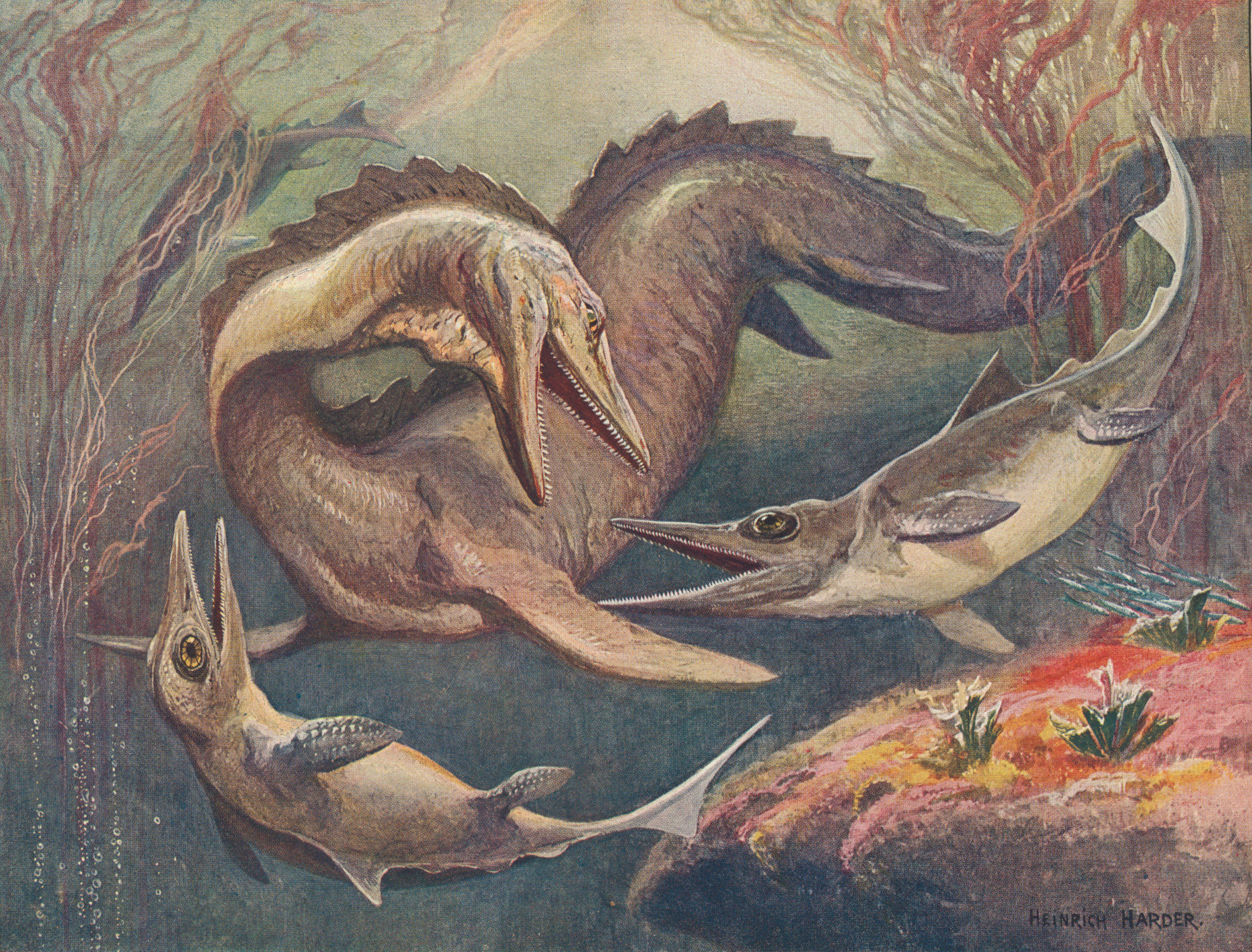
Advances in molecular paleontology and genetic analysis promise to revolutionize how we understand prehistoric coloration. Scientists are developing techniques to extract and analyze ancient DNA and protein sequences that might reveal color-related genes, providing unprecedented insights into the actual appearance of extinct species.
Machine learning algorithms trained on modern animal coloration patterns could soon predict prehistoric colors with remarkable accuracy, while improved fossil preservation techniques might reveal color information in previously studied specimens. These developments suggest that future paleoart will become increasingly accurate, transforming our understanding of prehistoric life’s visual splendor.
The challenge of reconstructing prehistoric colors without direct fossil evidence pushes paleoartists to become interdisciplinary scientists, combining artistic skill with biological knowledge, environmental understanding, and technological innovation. Their work bridges the gap between sterile scientific data and public imagination, creating images that inspire wonder while respecting scientific integrity. As new discoveries continue to refine our understanding of prehistoric life, these artistic interpretations will evolve, but the fundamental challenge remains the same: bringing long-dead worlds back to vivid, colorful life. What other secrets might these ancient creatures reveal about the spectacular diversity of life that once painted our planet?



